Personalized metal...
How does a modern tin box factory achieve a 99% material recycling rate?
This article will explore in depth how modern tin box factories achieve a 99% material recycling rate, analyze their key technologies in customized tin boxes, tin box packaging design and environmentally friendly tin box production, and provide companies with solutions that take into account both aesthetics and environmental protection.
---
1️⃣ Environmental transformation of tin box factories: Breakthrough in recycling technology
Traditional metal packaging production is often accompanied by material waste and pollution problems, and modern tin box factories have successfully increased the material recycling rate to more than 99% through the following technological innovations:
1. Closed-loop recycling system: Using automated sorting equipment, production waste (such as scraps and defective products) is directly returned to the furnace for smelting, and regenerated into high-quality tin alloys to achieve the goal of "zero waste".
2. Water-based coating process: abandon traditional oil-based paint and use environmentally friendly water-based coating technology to ensure that the surface printing of tin box packaging is non-toxic and degradable, and does not affect the purity of metal recycling.
3. Digital cutting optimization: optimize the layout design through AI algorithm, reduce material loss in the production of customized tin boxes, and maximize the use of each tin plate raw material.
---
.png)
2️⃣ Integration of customized tin boxes and environmentally friendly design
In order to meet the personalized needs of customers, the tin box factory incorporates environmental protection concepts into the customization process:
1. Lightweight structural design: by reducing the thickness of the tin box (such as from 0.25mm to 0.18mm), while maintaining strength and reducing material consumption, the carbon footprint of a single product is reduced by 30%.
2. Modular assembly process: adopt a detachable buckle structure to avoid the use of glue or welding, and ensure that the discarded tin box packaging can be quickly disassembled and sorted for recycling.
3. Recycling certification: cooperate with the Global Recycling Standard (GRS) to provide environmentally friendly tin boxes with a "recycled material ratio label" to help the brand convey a sustainable image.
---
3️⃣ Market competitiveness of environmentally friendly tin box packaging
High recycling rate not only reduces production costs, but also becomes a brand differentiation advantage:
1. Policy compliance: The EU "Packaging and Packaging Waste Regulation" (PPWR) requires that the recycling rate of metal packaging reach 90% by 2030. Tin box factories that meet the standard ahead of schedule can get priority for international orders.
2. Consumer preference: Surveys show that 67% of consumers are willing to pay a premium for environmentally friendly packaging, and brands that use recycled tin boxes are more attractive in the luxury and food sectors.
3. Carbon trading income: Some factories have opened up a new profit model by selling carbon reduction indicators (such as 4.5 tons of CO₂ per ton of recycled tin).
---
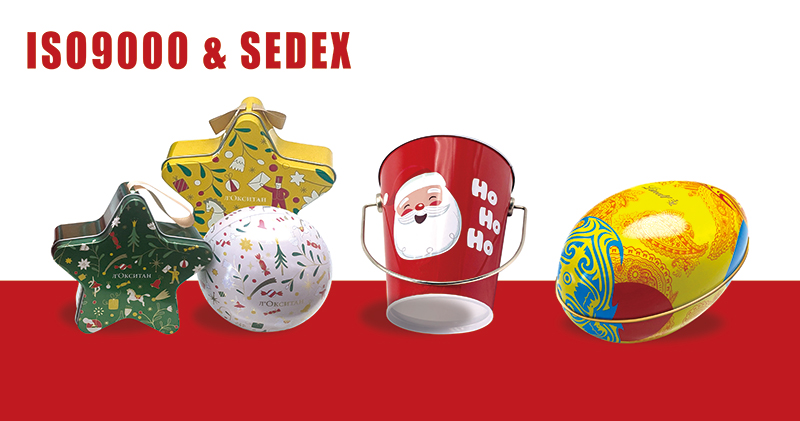
4️⃣Case: Green practice of a leading tin box factory
Take the German GreenTin factory as an example. It has achieved a recycling rate of 99.2% through the following measures:
- Smart recycling station: Set up tin box recycling points in customer concentrated areas, use RFID chips to track the flow of packaging, and encourage users to return old boxes.
- Recycled material library: Establish the world's first "tin alloy recycling database" to adjust the proportion of recycled materials according to the needs of different industries (such as food-grade tin box purity ≥ 99.9%).
- Green energy supply: The factory area uses 100% photovoltaic power generation, combined with the waste heat recovery system, to reduce the energy consumption of each ton of tin box production by 40%.
---
5️⃣ Future trend: Full life cycle environmental management
The leading tin box factory has shifted from single production to full chain management:
1. Raw material traceability: Use blockchain technology to record the source of tin ore, eliminate conflict minerals, and ensure that the supply chain meets ESG standards.
2. Recycling network co-construction: Cooperate with logistics companies to build a reverse logistics system to efficiently transport discarded tin box packaging back to the factory for recycling.
3. Biodegradation test: Develop degradable tin alloys (such as adding magnesium and zinc elements) to explore new paths for slow decomposition in the natural environment.
---
Conclusion
Achieving a 99% material recycling rate marks the leap of the tin box factory from traditional manufacturing to green smart manufacturing. Through customized tin box design, environmental protection process upgrade and circular economy model, tin box packaging is becoming a benchmark for sustainable business. For brands, choosing a tin box with a high recycling rate not only reduces compliance risks, but also wins the future market with the concept of "environmental protection is luxury".
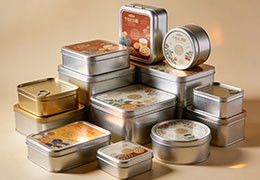
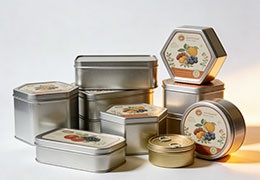
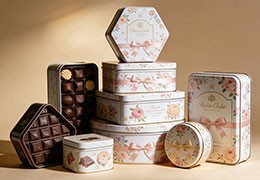

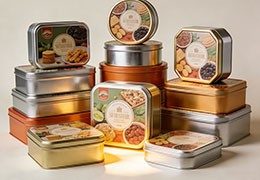
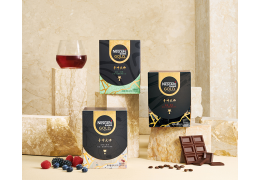
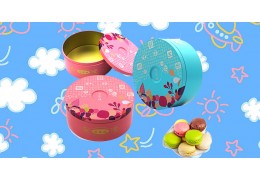
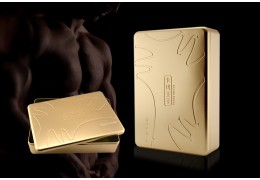

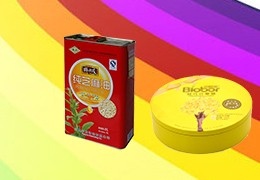
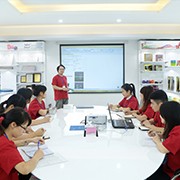
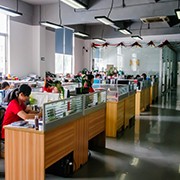


Latest comments